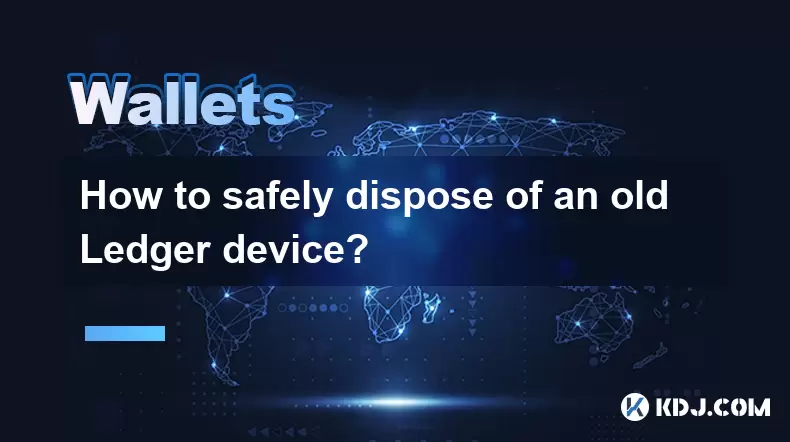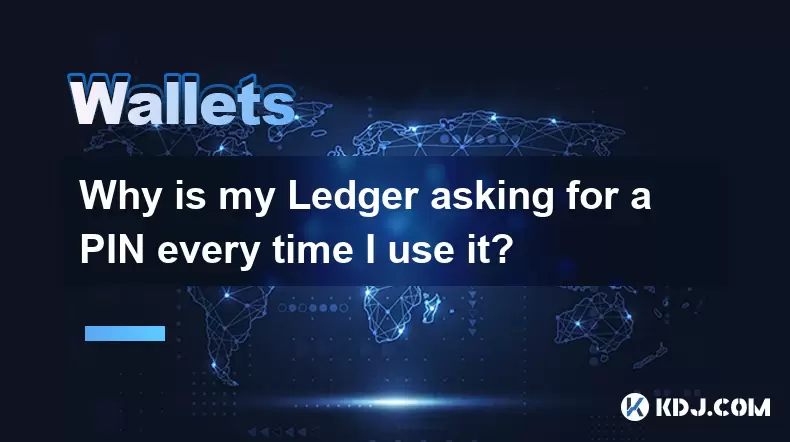-
 Bitcoin
Bitcoin $108,703.4836
0.45% -
 Ethereum
Ethereum $2,576.6839
1.58% -
 Tether USDt
Tether USDt $1.0001
0.00% -
 XRP
XRP $2.2924
-0.87% -
 BNB
BNB $660.2136
0.01% -
 Solana
Solana $151.4729
-0.29% -
 USDC
USDC $1.0000
0.00% -
 TRON
TRON $0.2866
0.04% -
 Dogecoin
Dogecoin $0.1698
0.82% -
 Cardano
Cardano $0.5831
0.13% -
 Hyperliquid
Hyperliquid $37.9814
-3.97% -
 Bitcoin Cash
Bitcoin Cash $503.9489
1.93% -
 Sui
Sui $2.8994
0.74% -
 Chainlink
Chainlink $13.5429
0.38% -
 UNUS SED LEO
UNUS SED LEO $9.0693
-0.19% -
 Stellar
Stellar $0.2524
0.15% -
 Avalanche
Avalanche $18.1959
1.02% -
 Shiba Inu
Shiba Inu $0.0...01180
1.48% -
 Toncoin
Toncoin $2.7601
-0.76% -
 Hedera
Hedera $0.1606
0.96% -
 Litecoin
Litecoin $86.6105
0.26% -
 Monero
Monero $315.7691
-0.56% -
 Polkadot
Polkadot $3.3911
0.25% -
 Dai
Dai $1.0001
0.03% -
 Ethena USDe
Ethena USDe $1.0002
0.02% -
 Bitget Token
Bitget Token $4.3076
-0.05% -
 Uniswap
Uniswap $7.5901
3.66% -
 Aave
Aave $288.0954
0.35% -
 Pepe
Pepe $0.0...01002
1.64% -
 Pi
Pi $0.4578
0.09%
Why is my Ledger not connecting to my computer?
Ensure your Ledger is properly connected using the original cable, check for debris in the port, and confirm your computer recognizes the device via Device Manager or System Information.
Jul 09, 2025 at 03:01 am

Checking the Physical Connection
If your Ledger is not connecting to your computer, the first step involves verifying the physical connection between the two devices. Ensure that you are using the original USB cable provided with your Ledger device. Some third-party cables may only support charging and not data transfer, which could prevent a successful connection.
Make sure the USB port on your computer is functioning correctly by testing it with other devices. Try different USB ports, especially if your computer has both USB 2.0 and USB 3.0 options. Avoid using USB hubs or docking stations during this process — connect directly to the computer's port instead.
Also, inspect the micro-USB or USB-C port on your Ledger for any debris or damage. A damaged port can lead to intermittent or failed connections. Gently clean the port using compressed air if necessary, but avoid applying excessive force.
Verifying Device Power and Screen Response
Once the physical connection seems secure, check whether your Ledger device powers on correctly when plugged into the computer. The screen should display either "Connect" or show the Ledger logo followed by the main menu. If the screen remains blank or unresponsive, the issue might be related to the device’s power supply.
Charge the Ledger device for at least 30 minutes using a wall adapter to ensure sufficient battery power. Sometimes, computers may not supply enough power through USB ports to operate the Ledger properly, especially if the battery is low. After charging, reconnect it to the computer and observe if there is any change in behavior.
If the screen turns on but doesn’t respond to button presses, hold the button for several seconds to attempt a manual reboot. This action can resolve temporary software glitches that might be interfering with normal operation.
Confirming Computer Recognition of the Device
Even if your Ledger appears to power on, your computer must recognize it as a connected device. On Windows systems, open Device Manager and look under "Universal Serial Bus controllers" or "Portable Devices." If your Ledger appears with an exclamation mark or is listed as an unknown device, there may be driver issues.
On macOS, open System Information (found under the Apple menu > About This Mac > System Report) and navigate to the USB section. Look for your Ledger device in the list. If it does not appear, try different cables or USB ports.
You can also use the Ledger Live application to detect the device. Launch Ledger Live while your device is connected and see if it displays a message indicating that a Ledger device is detected. If not, proceed to troubleshoot further.
Updating or Reinstalling Ledger Drivers and Software
Outdated or corrupted drivers can prevent your Ledger from being recognized by your computer. On Windows, right-click the Ledger device entry in Device Manager and select "Update driver." Choose the option to search automatically for updated driver software.
If no updates are found, consider uninstalling the current driver and letting Windows reinstall it automatically upon reconnecting the device. To do this, right-click the device again and select "Uninstall device." Confirm the action and then disconnect and reconnect your Ledger.
Ensure that Ledger Live is up to date. Visit the official Ledger website and download the latest version of the software. Installing the most recent release often resolves compatibility issues that may have been present in older versions.
For macOS users, manual driver installation is usually unnecessary, but restarting the computer after reconnection can sometimes help the system recognize the device properly.
Checking for Firmware Updates or Device Recovery
Your Ledger device requires up-to-date firmware to function correctly with Ledger Live and your computer. If the device is partially recognized but not fully operational, you may need to perform a firmware update or recovery.
Open Ledger Live and follow the prompts if it detects your device in recovery mode or indicates a firmware update is needed. You may need to manually place your device into recovery mode by holding the button while plugging it into your computer.
During firmware updates, ensure the connection remains stable and uninterrupted. Do not remove the USB cable or close the Ledger Live window until the update completes. If the firmware update fails repeatedly, consider reaching out to Ledger Support for more advanced troubleshooting steps.
In some cases, resetting the device and restoring from a backup phrase may be necessary if corruption or malfunction persists despite all troubleshooting efforts.
Contacting Ledger Support for Further Assistance
If you've exhausted all the above methods and your Ledger still won't connect, it may be time to contact Ledger’s official customer support team. Before reaching out, gather relevant information such as your device model, firmware version, operating system, and steps already taken during troubleshooting.
Visit the Ledger Help Center or submit a support ticket via their official website. Provide clear and concise details about the problem to expedite the resolution process. Ledger offers live chat support during specific hours, which can be useful for urgent assistance.
If your device is under warranty and none of the solutions work, Ledger may offer a replacement. However, ensure you have your recovery phrase securely stored, as resetting or replacing your device will require restoring your accounts from this backup.
Frequently Asked Questions
Can Bluetooth interfere with my Ledger connection?
No, Ledger hardware wallets do not use Bluetooth connectivity. They rely solely on USB for communication with computers. Therefore, Bluetooth settings on your machine should not affect Ledger recognition.
Is it safe to use third-party cables for connecting my Ledger?
While some third-party cables may work, it’s best to use the original cable included with your Ledger. Many generic cables only support charging and lack the necessary wiring for data transmission, which can cause connection problems.
What should I do if my Ledger gets stuck on the "Connect" screen?
Try updating the firmware via Ledger Live. If that fails, disconnect the device, wait a few seconds, and reconnect it while holding the button to enter recovery mode. From there, follow the on-screen instructions to reinstall firmware.
Does antivirus software block Ledger connections?
Yes, certain security software may interfere with USB device recognition or block Ledger Live from communicating with the hardware wallet. Temporarily disabling antivirus or firewall programs can help determine if they are causing the issue.
Disclaimer:info@kdj.com
The information provided is not trading advice. kdj.com does not assume any responsibility for any investments made based on the information provided in this article. Cryptocurrencies are highly volatile and it is highly recommended that you invest with caution after thorough research!
If you believe that the content used on this website infringes your copyright, please contact us immediately (info@kdj.com) and we will delete it promptly.
- BlockDAG Scores Big with Sports Deals, While Toncoin Price Aims High and PEPE Feels the Pinch
- 2025-07-09 07:10:12
- Bitcoin, Fox Business, and Scarcity: A Wild West Gold Rush?
- 2025-07-09 06:50:12
- Cryptos Bullish Setup: Is Ripple (XRP) Ready for a Massive Rally?
- 2025-07-09 06:50:12
- Tether, Crystal Intelligence, and Stablecoin Oversight: A New Era of Transparency?
- 2025-07-09 07:10:12
- BioSig, Gold Tokenization, and Financing: A New Gold Rush?
- 2025-07-09 07:15:12
- Optimism Price Prediction: Can a Bullish Rebound Break Resistance?
- 2025-07-09 06:30:12
Related knowledge

How to connect Trezor to Rabby wallet
Jul 09,2025 at 05:49am
What Is Trezor and Rabby Wallet?Trezor is a hardware wallet developed by SatoshiLabs that allows users to securely store their cryptocurrency assets o...

What happens if I forget my Trezor passphrase
Jul 09,2025 at 03:15am
Understanding the Role of a Trezor PassphraseIf you use a Trezor hardware wallet, you may have set up a passphrase as an extra layer of security beyon...

How to use Trezor with Exodus wallet
Jul 09,2025 at 12:49am
Connecting Trezor Hardware Wallet to Exodus Software WalletTo use Trezor with Exodus wallet, users need to connect the hardware wallet to the software...

How to safely dispose of an old Ledger device?
Jul 09,2025 at 06:57am
Understanding the Risks of Disposing of a Ledger DeviceWhen you decide to dispose of an old Ledger device, it's important to understand that this is n...

How to view my NFT collection connected to my Ledger?
Jul 09,2025 at 07:35am
Understanding NFTs and Ledger Wallet IntegrationNon-Fungible Tokens (NFTs) have become a popular way to represent ownership of digital assets on the b...

Why is my Ledger asking for a PIN every time I use it?
Jul 08,2025 at 11:21pm
Understanding the Purpose of the PIN on Your Ledger DeviceThe PIN (Personal Identification Number) is a crucial security feature built into every Ledg...

How to connect Trezor to Rabby wallet
Jul 09,2025 at 05:49am
What Is Trezor and Rabby Wallet?Trezor is a hardware wallet developed by SatoshiLabs that allows users to securely store their cryptocurrency assets o...

What happens if I forget my Trezor passphrase
Jul 09,2025 at 03:15am
Understanding the Role of a Trezor PassphraseIf you use a Trezor hardware wallet, you may have set up a passphrase as an extra layer of security beyon...

How to use Trezor with Exodus wallet
Jul 09,2025 at 12:49am
Connecting Trezor Hardware Wallet to Exodus Software WalletTo use Trezor with Exodus wallet, users need to connect the hardware wallet to the software...

How to safely dispose of an old Ledger device?
Jul 09,2025 at 06:57am
Understanding the Risks of Disposing of a Ledger DeviceWhen you decide to dispose of an old Ledger device, it's important to understand that this is n...

How to view my NFT collection connected to my Ledger?
Jul 09,2025 at 07:35am
Understanding NFTs and Ledger Wallet IntegrationNon-Fungible Tokens (NFTs) have become a popular way to represent ownership of digital assets on the b...

Why is my Ledger asking for a PIN every time I use it?
Jul 08,2025 at 11:21pm
Understanding the Purpose of the PIN on Your Ledger DeviceThe PIN (Personal Identification Number) is a crucial security feature built into every Ledg...
See all articles

























































































